The Archipelago surprises the palate with the great variety and quality of its Canarian cheeses. In addition, the Canary Islands is the community of Spain where more cheese is consumed per inhabitant, and one of the places in Europe with more artisan cheese dairies per square meter. The cheese-making tradition is a fundamental part of the Canary culture with millenary practices such as transhumance.
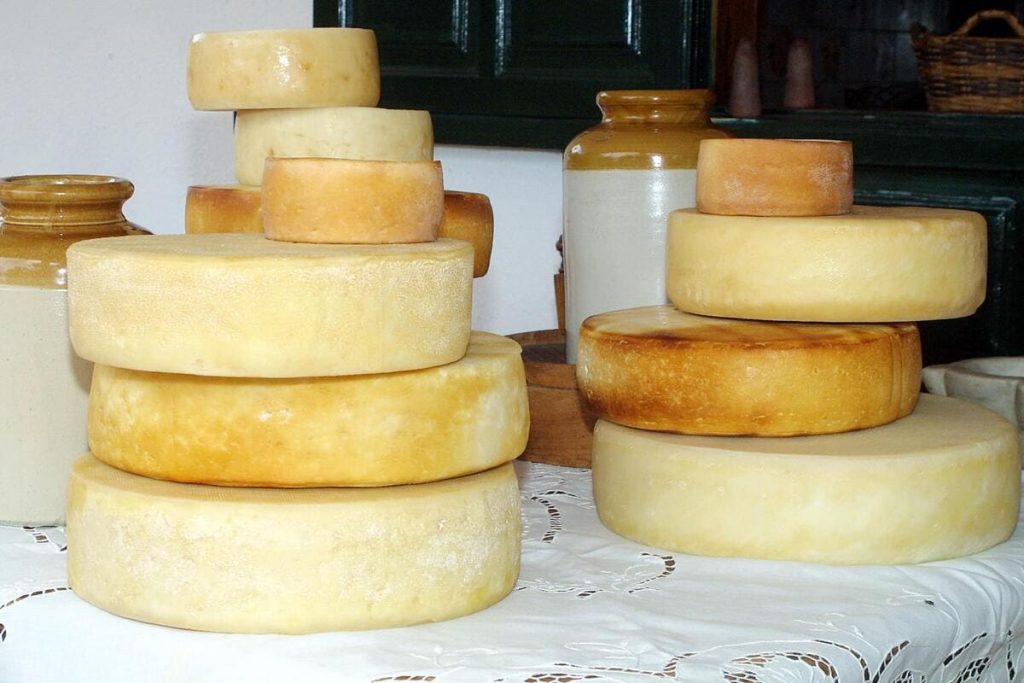
In the Canary Islands, there are three protected designations of origin (PDO), although delicious varieties of cheese, with unique textures and nuances, can be found in all the islands. These three are: PDO Queso Majorero; PDO Queso Palmero and PDO Queso de Flor de Guía, Queso de Media Flor de Guía and Queso de Guía.
The different PDOs of the Canary Islands
The Canary Island cheeses of the archipelago reflect in their flavor the peculiarities of the 8 islands, each one marked by a diversity of habitats and microclimates, as well as particular artisan practices. These are largely based on goat's milk from native breeds that confer unique nuances and textures.
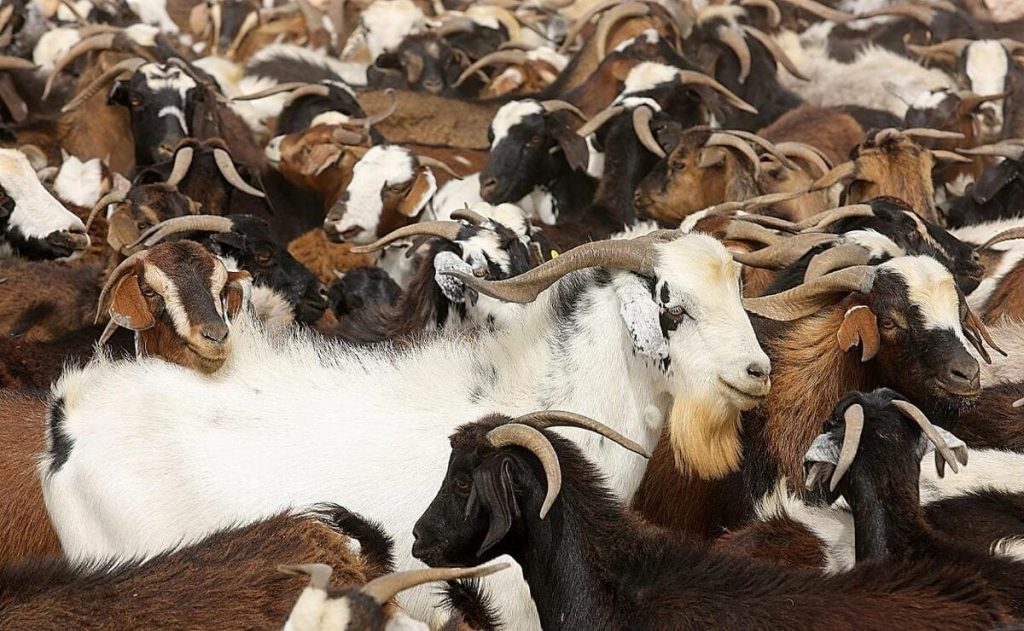
PDO Palmero Cheese
La Palma cheese or palmero cheese is a very common ingredient in Canary Island dishes such as mojo de queso or escacho. It is obtained from raw goat's milk from La Palma, which has a large amount of proteins that contribute to the excellent quality of its cheeses. These can sometimes reach up to 15 kilos, a fact that places them among the largest cheeses in the country.
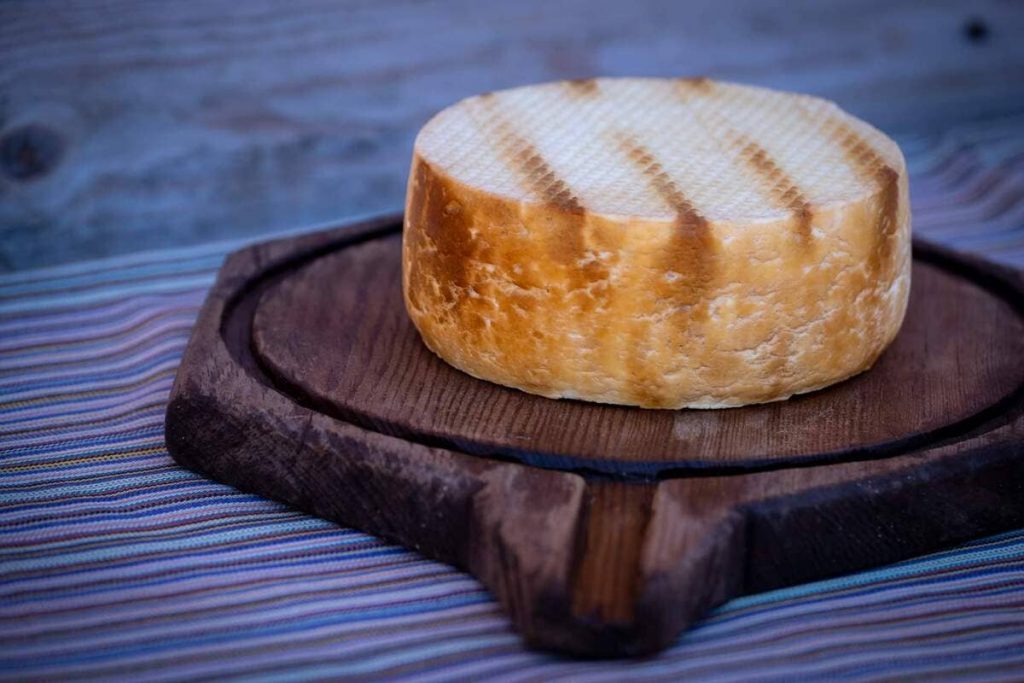
The families of the island of La Palma have been inheriting the recipe of this cheese over the centuries, also safeguarding its artisanal process of elaboration. Among its recipes is the smoked palmero cheese. Thus, this white cheese acquires brownish shades and light aromas, the result of the smoking process from prickly pear, almond shells and Canary pine. Later, the cheese can be spread with gofio or oil.
PDO Majorero Cheese
In 1996, Majorero cheese received its Protected Designation of Origin, placing Fuerteventura among the first Spanish regions to obtain a PDO for goat cheese.
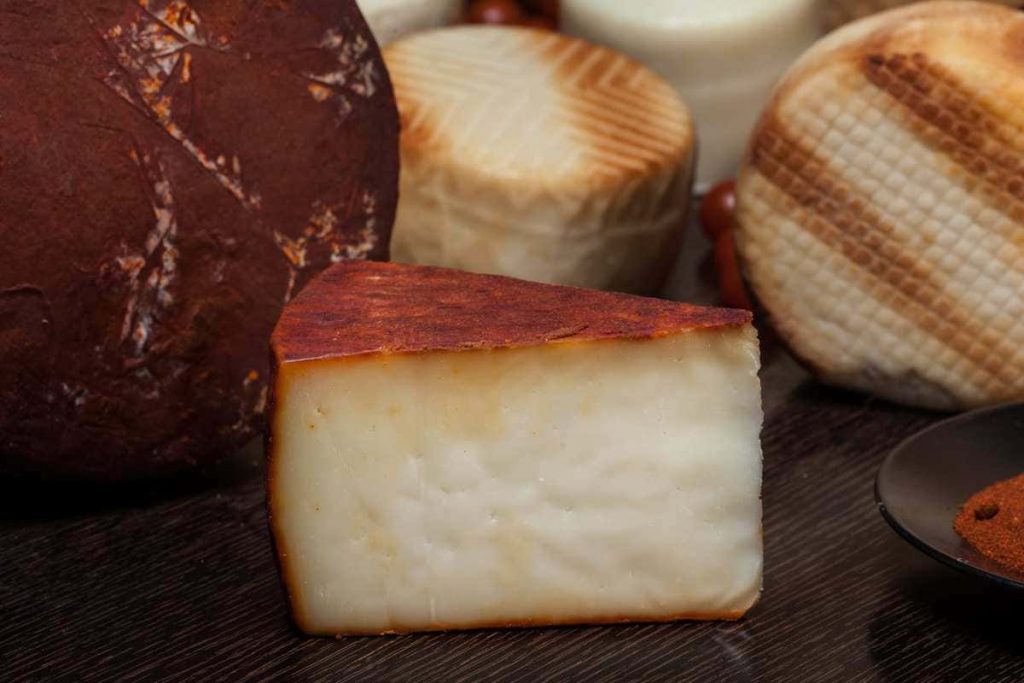
This Canarian cheese, although up to 15% sheep's milk can be added, is made with whole milk from the Majorera goat, one of the three breeds of goats native to the Canary Islands, along with the Palmera and Tenerife. This native breed is bred in the arid landscapes of Fuerteventura, a singularity that gives its cheeses the personality and identity of the island. We talk in more detail about the types of Canary Island goat breed in this article: The different species of Canarian goat.
When the cheese is soft, it has a mild aroma and flavor, unlike cured cheeses, in which, in addition, a spicy touch can be distinguished. Cured and semi-cured cheeses are usually coated in oil, paprika or gofio. These last two ingredients give the cheese a very particular touch, especially the paprika, which covers the rind with a reddish hue.
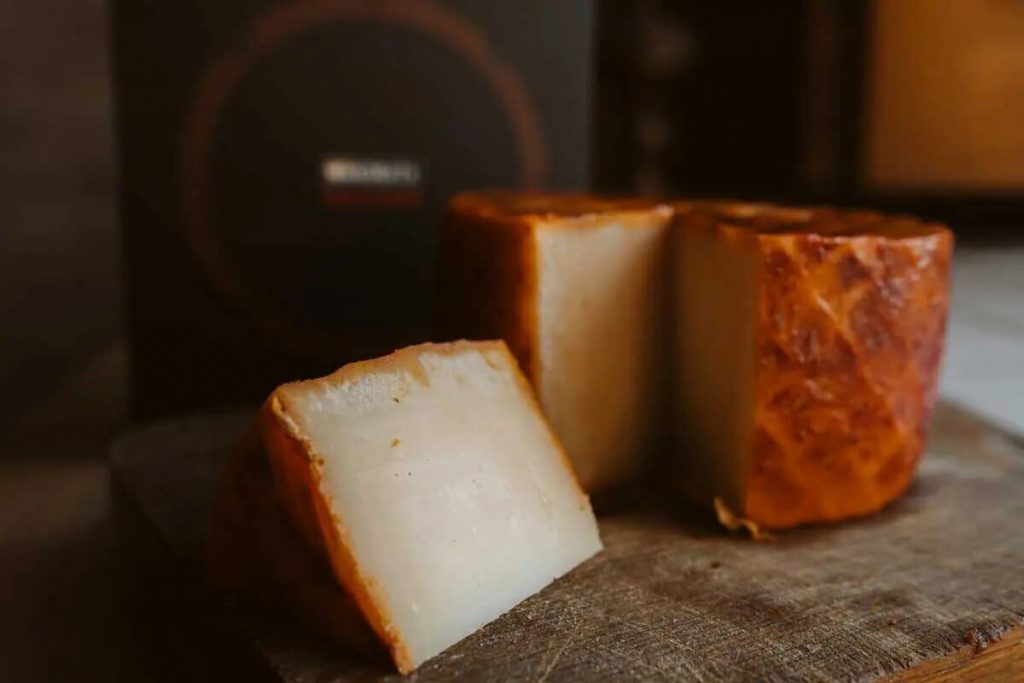
At first glance, we can recognize a Majorero cheese by the diamond pattern that is traditionally printed on the sides of its rind. This is achieved by placing the paste in a mold designed with a braided palm heart pattern from the leaf of the Canary Island palm tree.
Flor de Guía PDO Cheese
It used to be a tradition for artisans and traders to gather in the Plaza Grande in the town of Guía de Gran Canaria to sell their cheeses, hence the name given to this protected designation of origin: Flor de Guía cheese, Media Flor de Guía cheese and Guía cheese, which is produced in the Gran Canarian municipalities of Santa María de Guía, Gáldar and Moya.
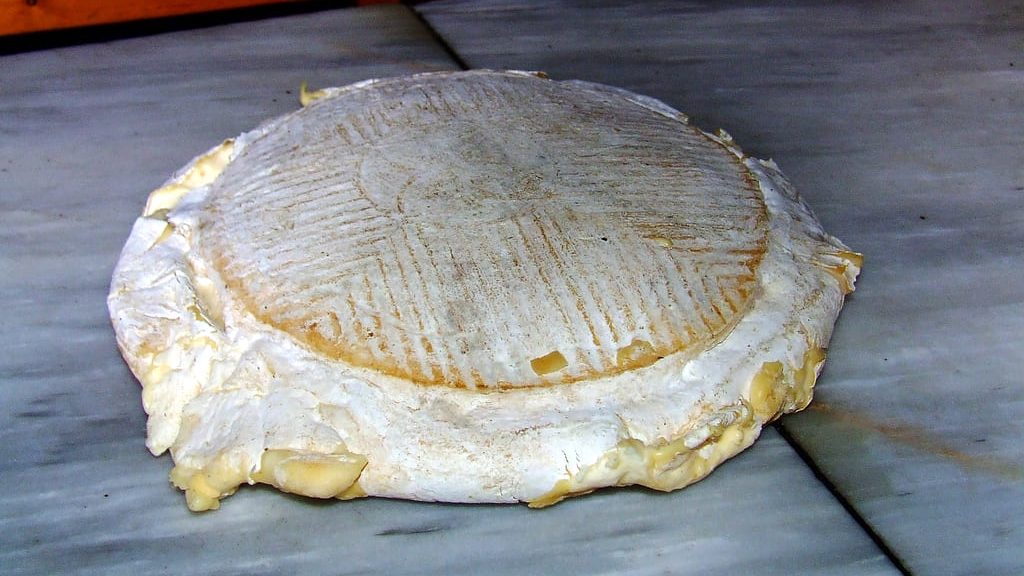
Flor de Guía cheese is made with Canary Island sheep's milk, to which cow's and goat's milk can be added in smaller quantities. It is a creamy, fatty and soft cheese that surprises the palate with a subtle bitter taste.
During April and May, the artisan cheesemakers collect the thistle flower that, when the time comes, will be used for the maceration of the cheese. It is the only cheese in the Canary Islands that is made with vegetable rennet. To this particularity is added the richness of the fields where the sheep are raised, full of aromatic pastures that reflect their properties in the milk of the animal. We talk in more detail about Queso de Flor in this article: Queso de Flor, a wonder of Gran Canaria.
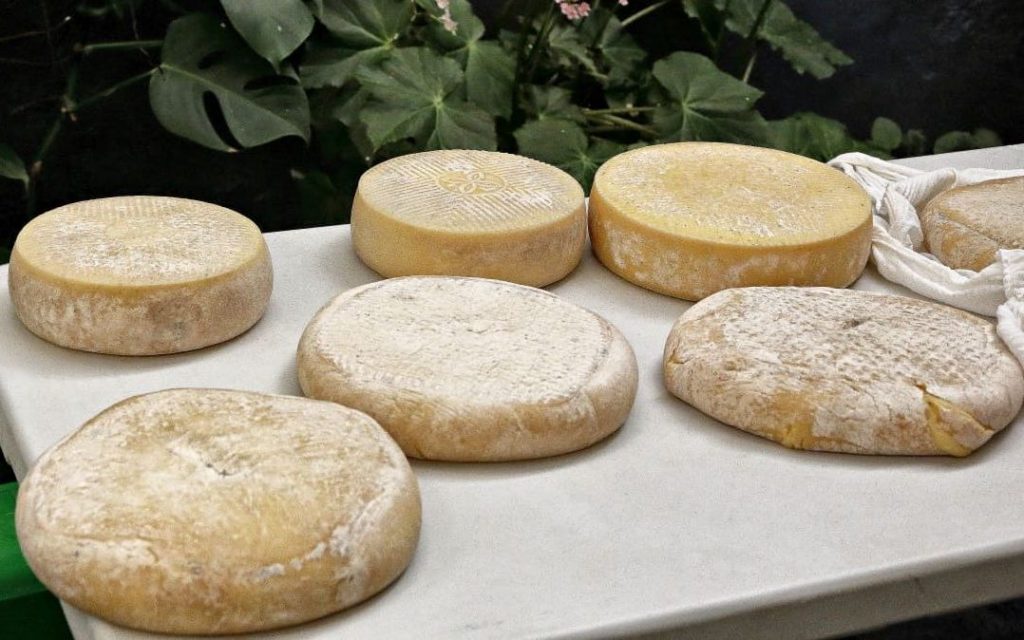
If you are interested in the world of products made in the Canary Islands and want to know more about them, here are some articles for you to read: Canary Island hot pepper, fundamental ingredient;Malvasia volcanica, the Lanzarote grape; Malvasia volcanica, the Lanzarote grape;Morena in the Canary Islands, tradition and beauty.
Similarly, on the website of Marca Canaria we offer you a selection of cheese dairies scattered throughout the Islands that may also be of interest to you.
Paula Vera
Photos: visitlapalma.es; maxorata.es



